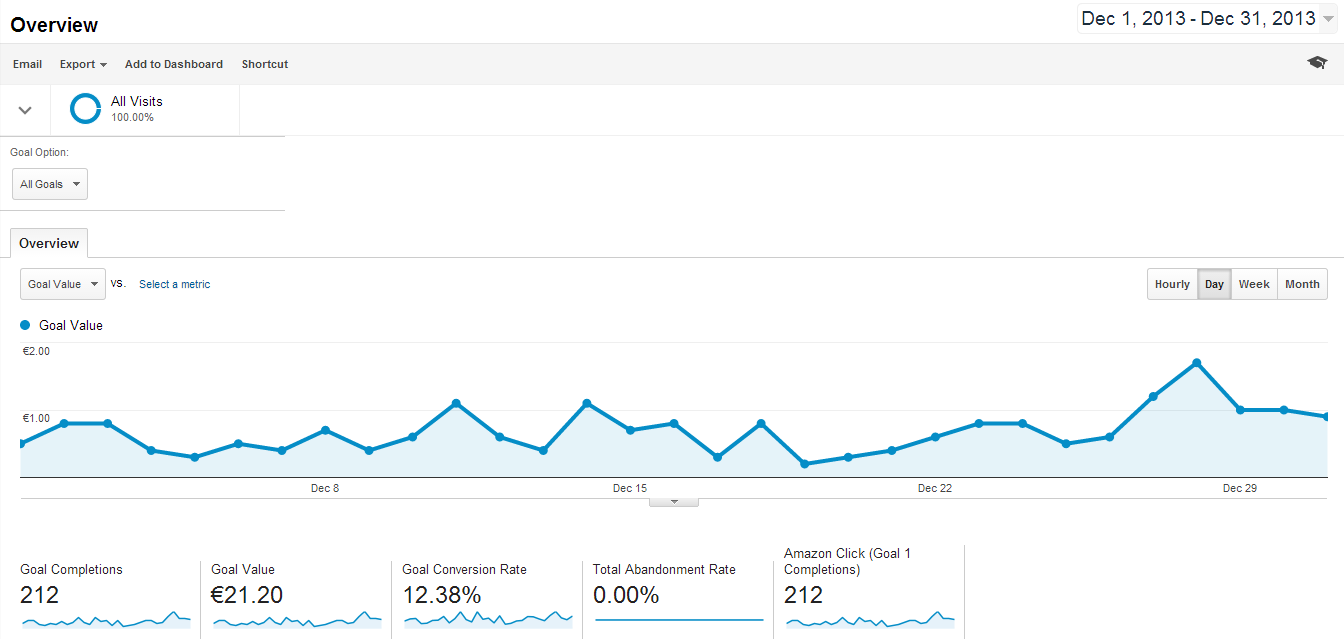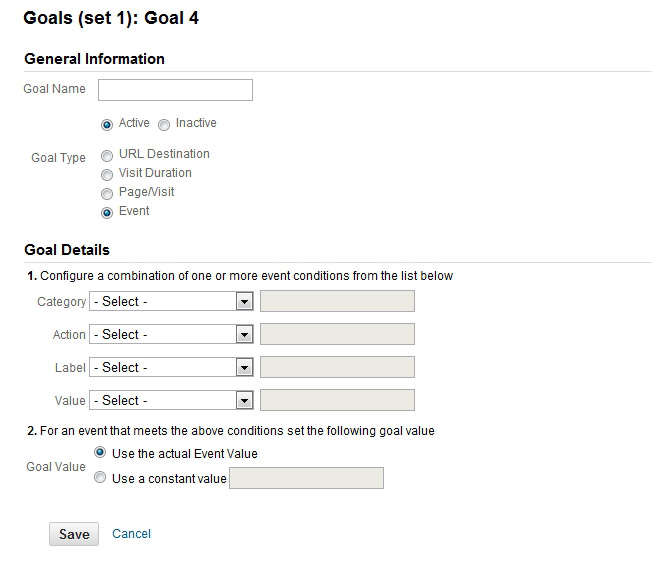Debunking Google Analytics Limitations: Reveal What Information Goals Can not Track
In the realm of electronic analytics, Google Analytics stands as a powerful device that offers important insights right into internet site performance and customer actions. From the complexities of individual interaction with vibrant material to the intricacies of cross-device individual trips, these limitations dropped light on areas that might stay obscured from typical analytics perspectives.

Individual Interaction With Dynamic Material
Individual interaction with dynamic material plays a vital function in comprehending user actions on web sites and optimizing the general individual experience. By tracking user communications with vibrant content, website owners can acquire important insights into user interaction, choices, and behaviors - what data is google analytics goals unable to track.
Google Analytics provides various devices to track customer interactions with vibrant content, such as occasion monitoring and virtual pageviews. Event monitoring permits you to check particular individual actions, like clicking a button or enjoying a video, supplying data on exactly how users engage with vibrant components.
Cross-Device User Journeys
How can modern-day analytics tools track the facility paths individuals take across multiple tools in their on-line journeys? Cross-device individual trips offer a significant challenge for tracking and assessing user actions properly. As individuals engage with web sites or apps using different gadgets such as desktops, tablet computers, and mobile phones, it becomes crucial to recognize how they relocate between these platforms to enhance user experience effectively.
Google Analytics faces limitations in tracking cross-device user trips due to privacy worries and technological constraints - what data is google analytics goals unable to track. While it can supply understandings right into private devices' interactions, tracking a smooth individual journey throughout numerous tools remains an obstacle. This constraint can lead to incomplete information and fragmented user understandings, making it tough for organizations to develop a unified view of the customer journey
To resolve this problem, companies can make use of innovative analytics devices that offer cross-device monitoring capacities, enabling them to acquire an extra alternative understanding of individual actions. By leveraging these devices, organizations can link the space in tracking cross-device user journeys and optimize their digital approaches for a smooth customer experience.
Offline Conversions and Attribution
As services navigate the difficulties of tracking cross-device user trips, an additional crucial aspect to consider is the world of offline conversions and acknowledgment in the world of information analytics. While Google Analytics provides important understandings into on-line individual actions, it falls short when it comes to tracking conversions that happen offline. This restriction presents a significant challenge for organizations that have both online and offline sales networks.
Offline conversions, such as purchases made in physical stores or through call facilities, are vital to understanding the full client trip. Without the ability to attribute these offline conversions to details on the internet interactions, organizations might have a hard time to properly gauge the impact of their digital advertising efforts.
To address this space, services can explore alternative options such as incorporating CRM systems with online analytics devices or utilizing unique discount codes that can be traced back to online campaigns. By site web linking the gap in between online and offline data, businesses can obtain a more detailed understanding of their clients' actions and boost their total marketing approaches.
Individual User Recognition
In the world of information analytics, the capacity to accurately check my site identify private users across numerous online touchpoints is an important challenge for businesses seeking to customize and optimize their marketing approaches. While Google Analytics gives valuable insights into customer behavior and communications, it falls short in enabling the recognition of certain individuals because of personal privacy worries and technical restrictions. Google Analytics uses distinct identifiers such as cookies to track customer sessions and habits, but these do not equate to determining individual customers in an individual feeling.

Information From Secure Pages
Despite the boosting prevalence of safe and secure pages on websites, getting information from these encrypted sources presents a special challenge for electronic analytics platforms like Google Analytics. Protect web pages, indicated by HTTPS in the URL, secure information traded between the customer's web browser and the website's web server to make sure personal privacy and security. While this file encryption is essential for shielding sensitive information, it also positions restrictions for tracking user habits and event analytics information.
Google Analytics encounters barriers in gathering in-depth info from safe and secure pages due to the encryption protocols in place. Therefore, certain data points such as recommendation sources, keyword searches, and even some individual communications might not be totally caught when individuals access an internet site through a safe and secure connection. This restriction can Our site influence the precision and efficiency of the information evaluation, causing voids in comprehending customer actions and preferences on safe pages.
To navigate this challenge, electronic analysts might need to explore alternative tracking approaches or utilize various other devices specifically made to gather insights from protected web pages. By adjusting approaches to accommodate these constraints, services can still obtain important analytics regardless of the restraints provided by encrypted links.
Final Thought
In final thought, Google Analytics has limitations in tracking individual interaction with vibrant material, cross-device customer journeys, offline conversions, private customer recognition, and information from protected web pages. Despite its beneficial insights, Google Analytics might not supply a complete image of customer engagement throughout numerous touchpoints.
User communication with vibrant web content plays a vital role in understanding customer actions on web sites and enhancing the overall individual experience. By tracking user communications with dynamic content, internet site owners can gain useful understandings right into customer engagement, preferences, and behaviors.
Google Analytics makes use of special identifiers such as cookies to track individual sessions and behavior, but these do not relate to determining private customers in a personal feeling.
As an outcome, certain data points such as referral sources, keyword searches, and also some individual interactions may not be fully caught when users access a website via a secure link.In verdict, Google Analytics has restrictions in tracking user interaction with dynamic content, cross-device user trips, offline conversions, specific customer identification, and information from protected web pages.